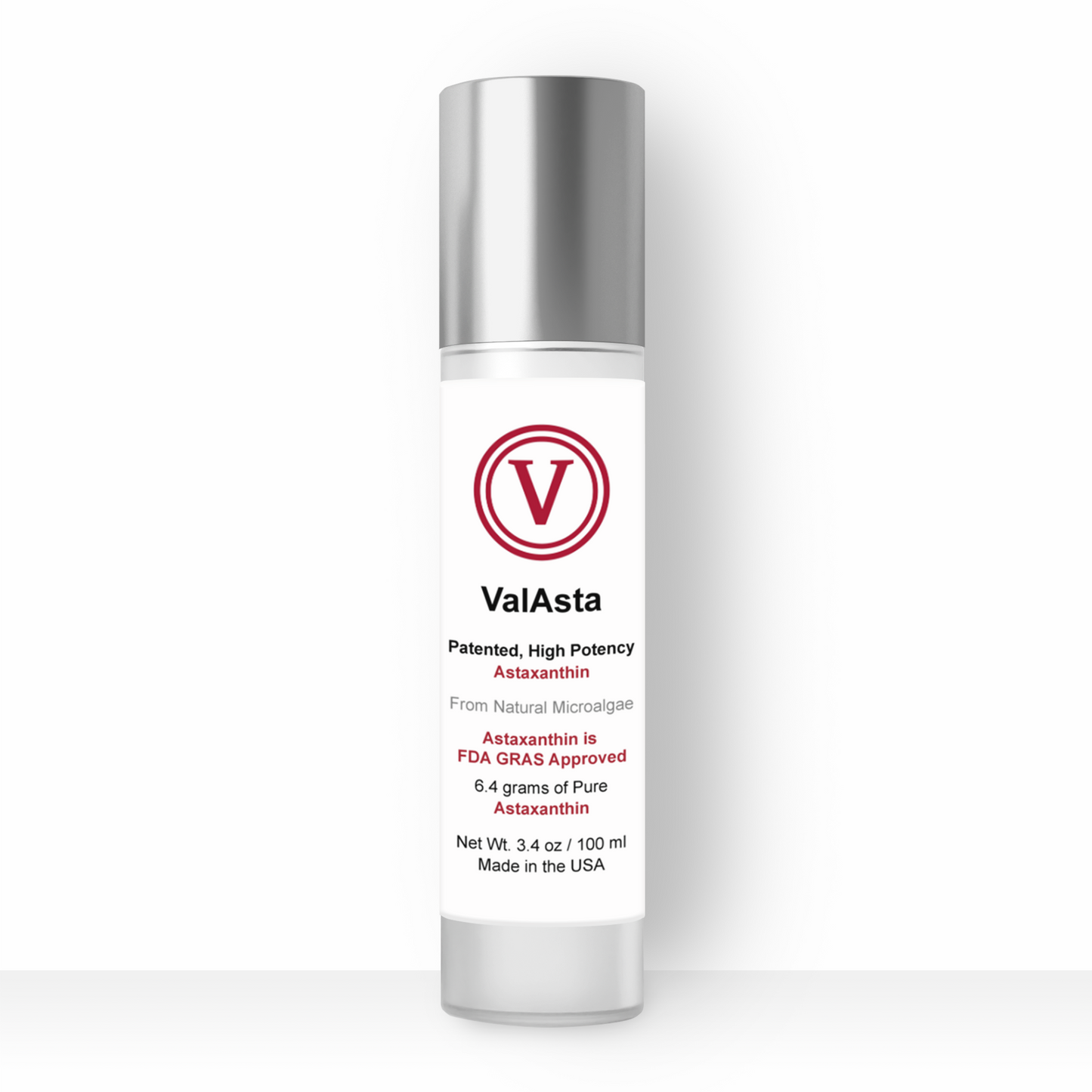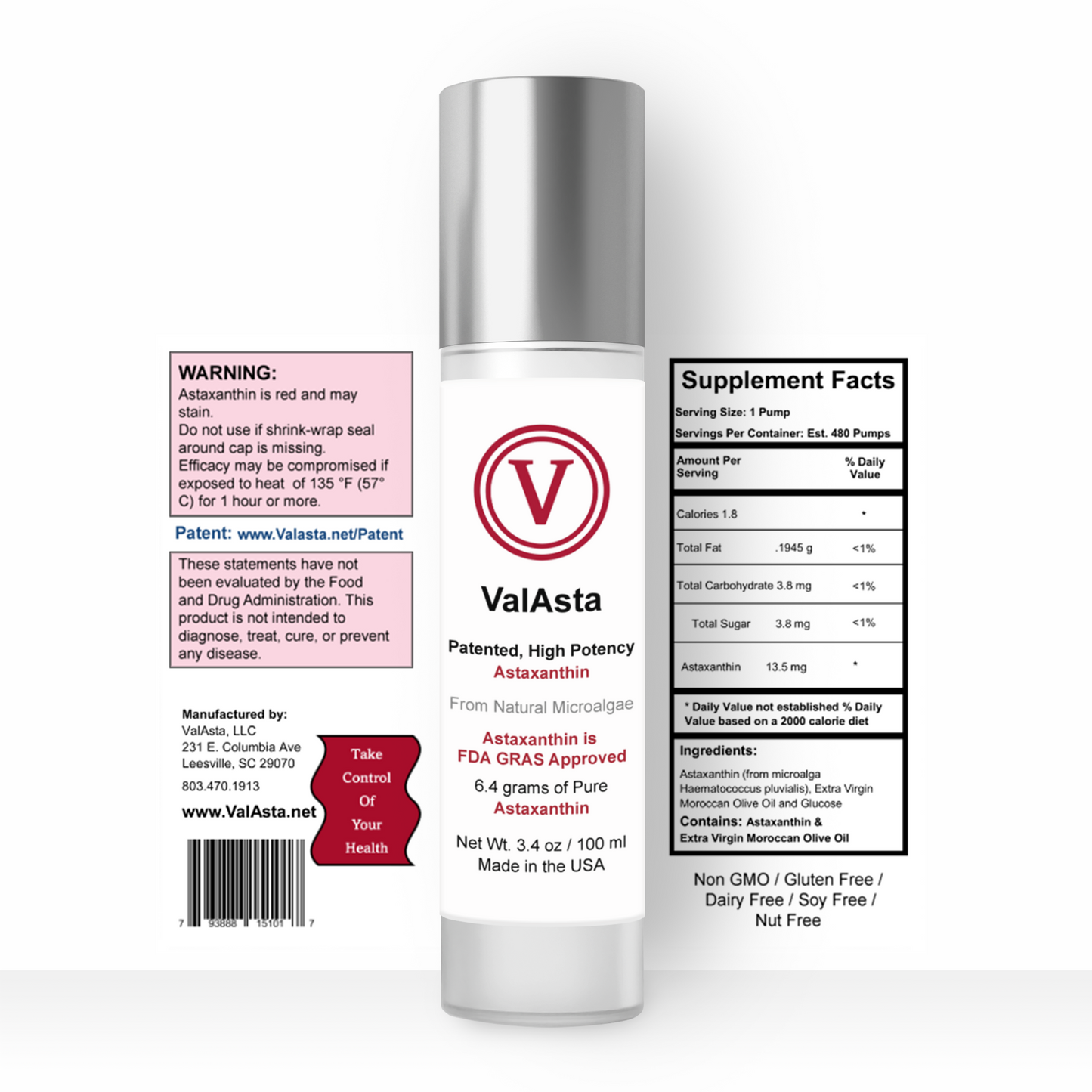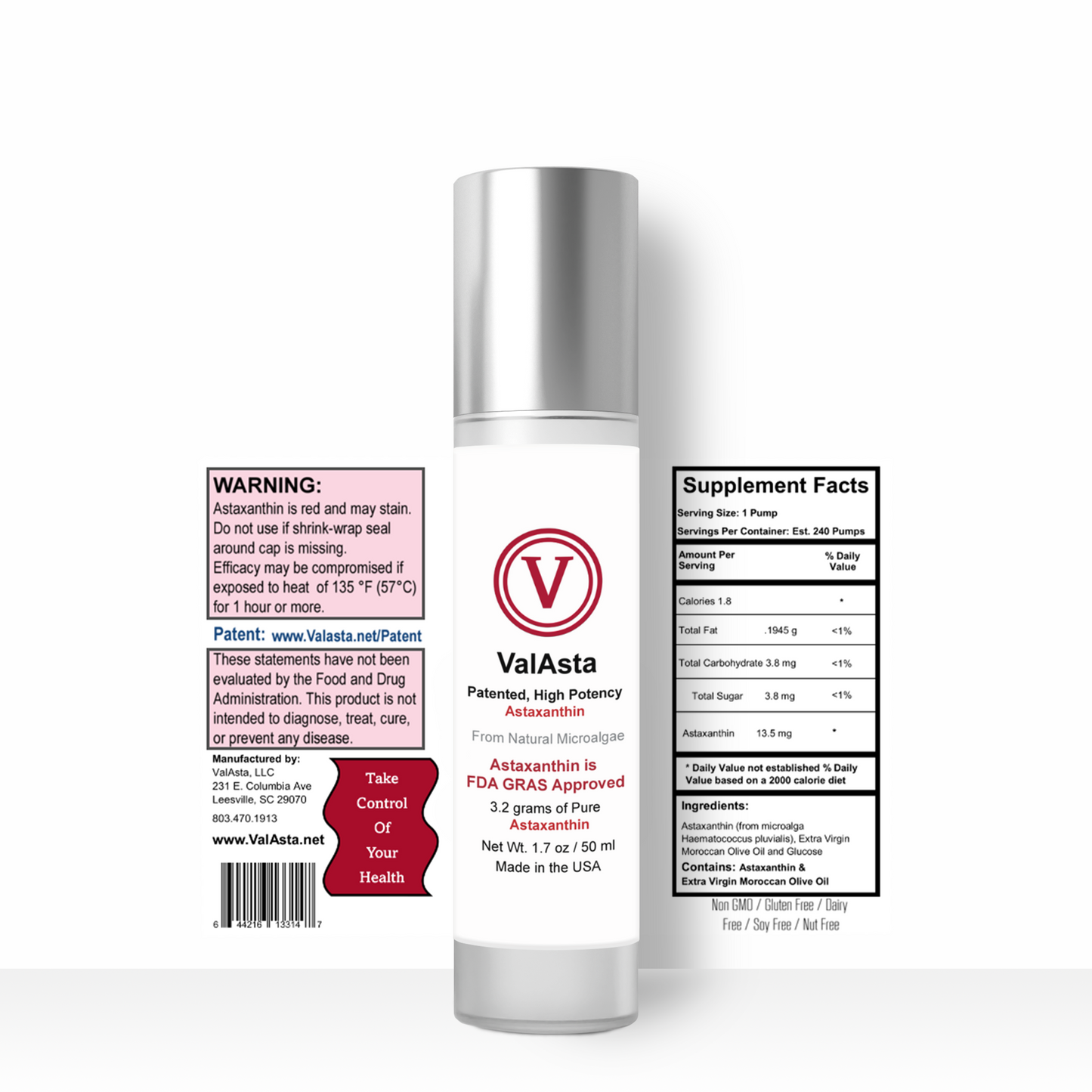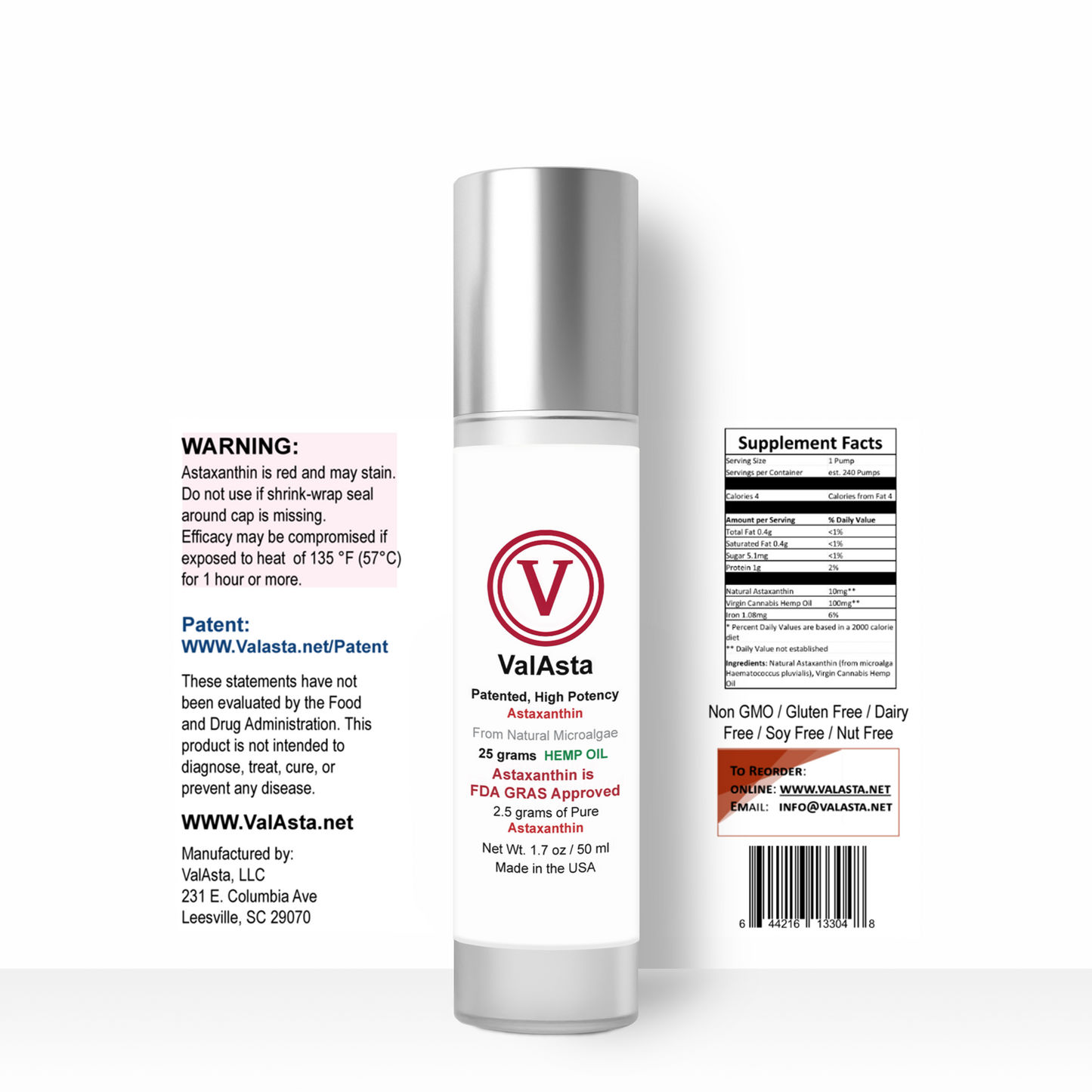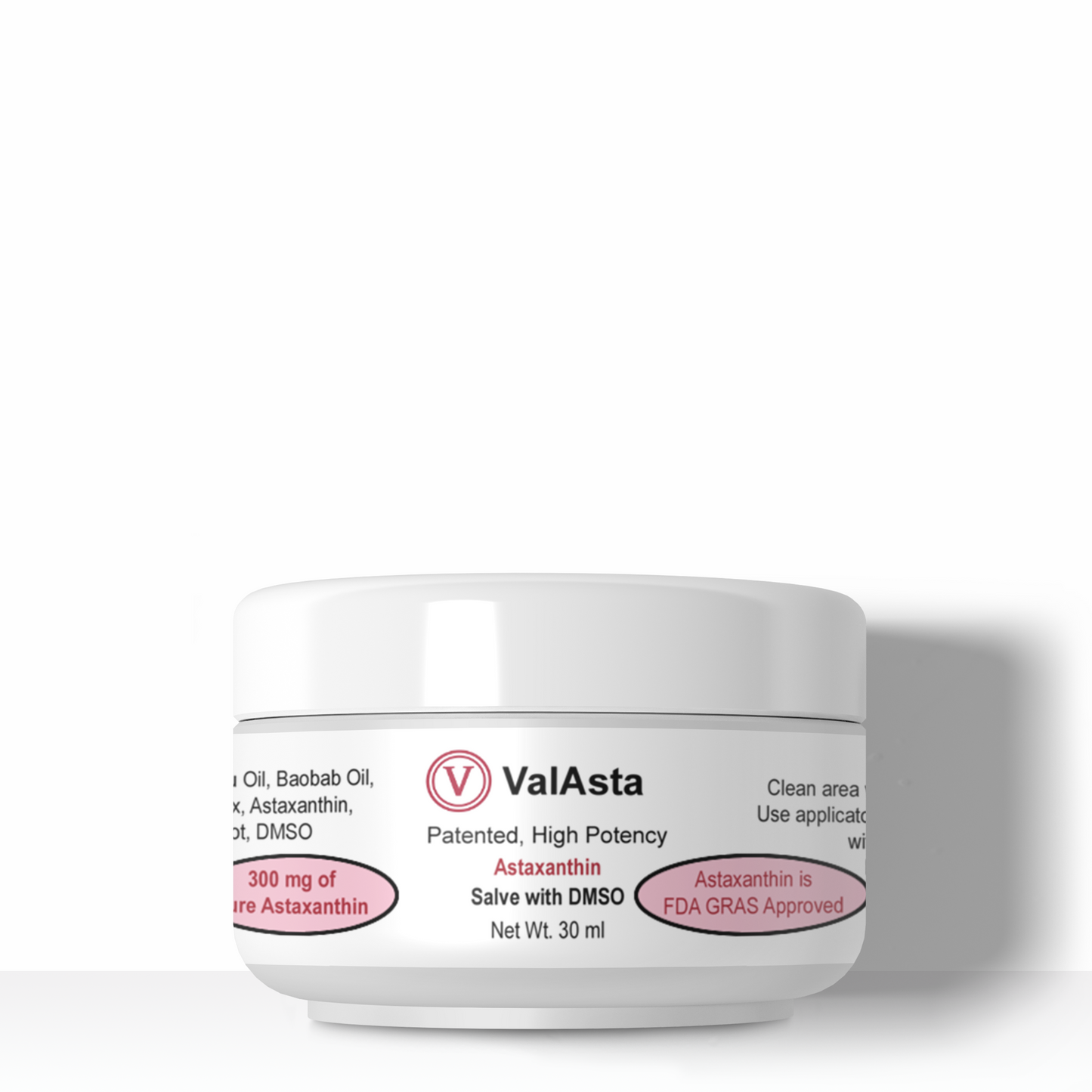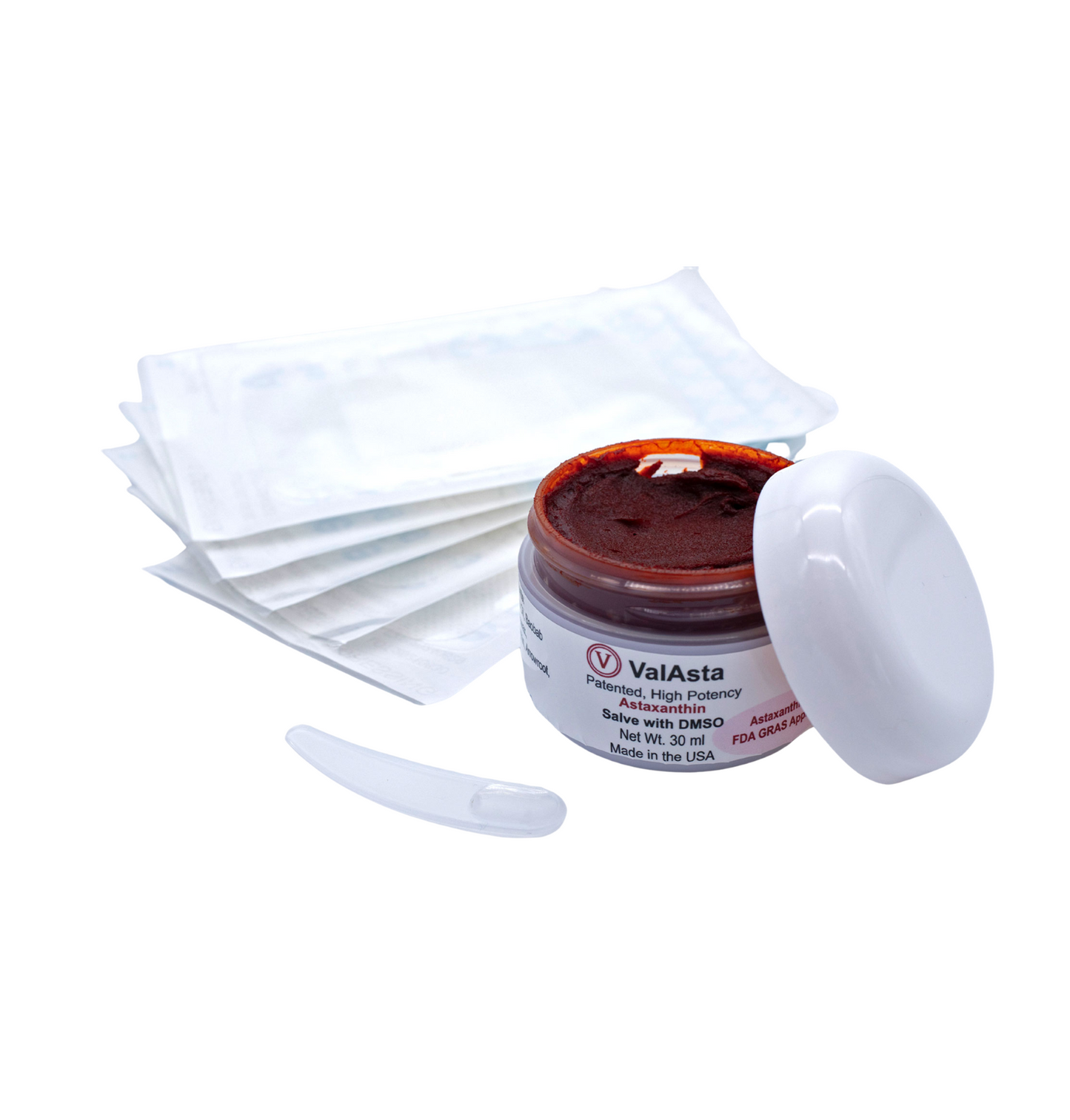Mouth cancers form when cells on the lips or in the mouth develop changes (mutations) in their DNA. The accumulating abnormal mouth cancer cells can form a tumor. With time they may spread inside the mouth and on to other areas of the head and neck or other parts of the body. Mouth cancers most commonly begin in the flat, thin cells (squamous cells) that line your lips and the inside of your mouth. Most oral cancers are squamous cell carcinomas.
Signs and symptoms of mouth cancer may include:
- A lip or mouth sore that does not heal
- A white or reddish patch on the inside of your mouth
- Loose teeth
- A growth or lump inside your mouth
- Mouth pain
- Ear pain
- Difficult or painful swallowing
In the NIH (National Institute of Health) article (link below), the results revealed that astaxanthin inhibits oral cancer in mice by stopping the STAT-3 activation.
Several studies have documented that the incorrect activation of the STAT-3 pathway contributes to the DNA mutation causing cancer. These studies have validated STAT-3 as a promising target for cancer therapy. (STAT-3 is one of many Signal Transducer and Activator of Transcription in the cell. The STAT proteins transduce signals through the cytoplasm and function as transcription factors in the nucleus telling the cell to split or die.) This article shows how the persistent activation of STAT-3 in various human cancers increases growth, survival, development of new blood vessels and metastasis of the cancer. Their study concluded the use of astaxanthin reduced STAT-3 production in mice thereby inhibiting oral cancer growth.
 Made in the USA
Made in the USA
